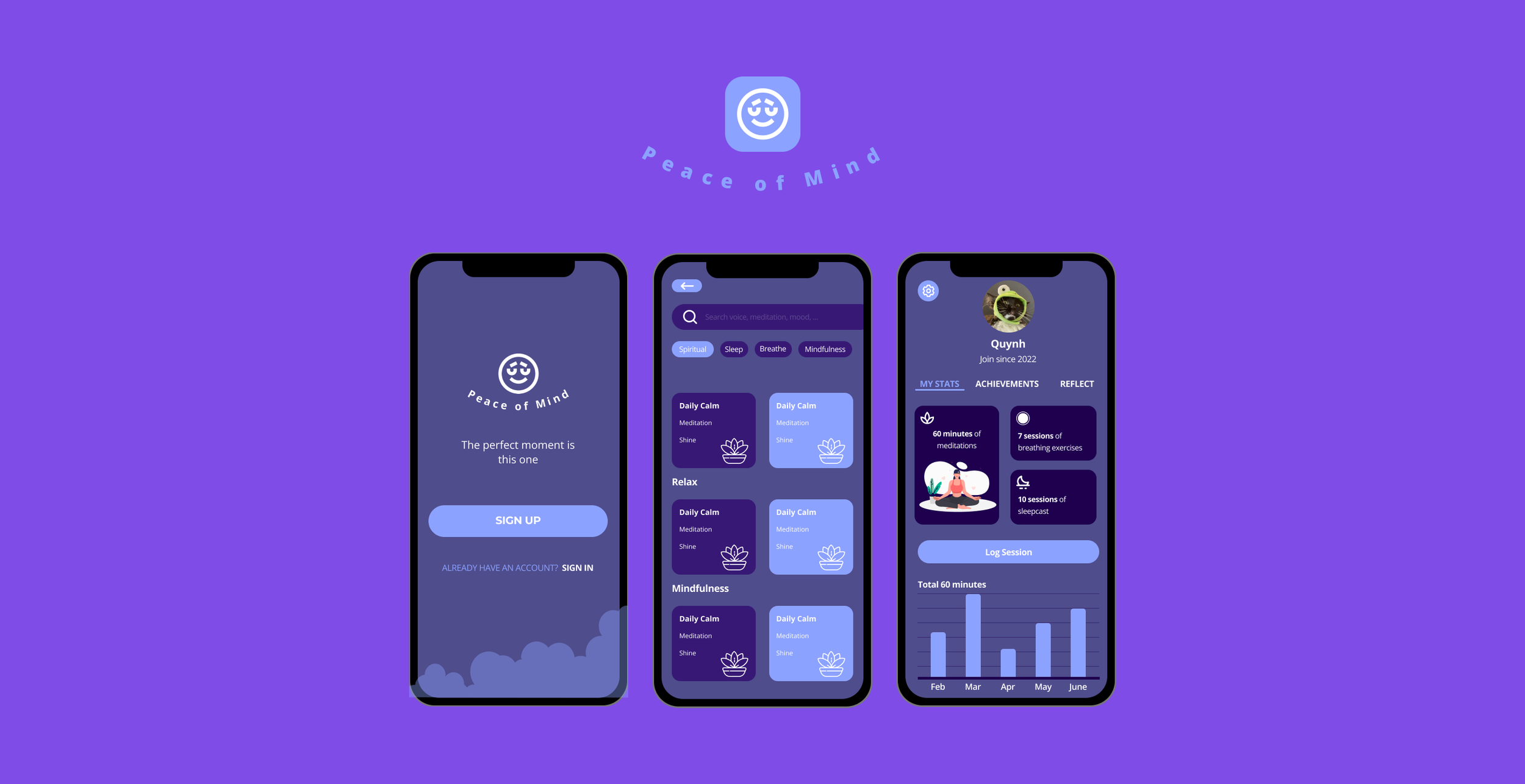Smart Shopping Cart For Safeway App
Notes: Hypothetical academic project; not affiliated with Safeway.
Project Detail
HCID 504
UX Research Final Project
Deliverables
Qualitative Interviews, Secondary Research, Data Analysis, Design Recommendations, Final Presentation
Team
Project Manager
User Researcher
Timeline
May - August 2024
Overview
My Role
I led the final design recommendations and co-presented our team’s pitch at the end of the project. I also supported project coordination by managing meetings, timelines, and overall team progress. I conducted one user interview and did my ethnographic observation at a local Asian market. Everyone on the team contributed throughout the project, including planning, research, interviews, fieldwork, and synthesis.
Background
Safeway is an American supermarket chain founded in 1915 known for its wide range of grocery products and commitment to excellent customer service. Safeway operates numerous stores across the United States and is part of the Albertsons Companies. The brand focuses on providing quality, convenience, and value to its customers.
Design Process
Mandate & Project Goals
Client Mandate
“We know people really like their digital devices. They get attached to them. We want to replicate that attachment in our stores, to tie them closer to our brand. We want you to design a shopping cart for us that includes all kinds of digital tools and toys.”
Team Mandate
How might we enhance the in-store shopping experience for millennial Safeway shoppers by understanding their behaviors, motivations, and pain points related to digital tools, to build a stronger emotional attachment to the brand?
Research Process
1. Planning and Foundations
CITI certificate
Team mandate and role assignment
Discovery project plan to outline goals, methods, and timeline
Consent form, screener, and advertisement poster for participant recruitment
2. Participant Recruitment
Poster
email outreach
no incentives.
3. Interview & Ethnographic Field Work
Each team member conducted on qualitative interview
We followed a semi-structure protocol with warm-up, core, and closing questions
We also prepared online sessions with clear logistics
4. Data Coding and Synthesis
We transcribed interviews and anonymized data
Coded responses in shared excel spreadsheet
Identified major pain points, patterns, and themes.
We also conducted secondary research report which review smart cart technologies, behavioral nudging, and checkout trends and customer psychology
Key Insights
Spending anxiety: Users lack real-time visibility into their spending, leading to stress at check-out
Navigation frustration: Many couldn’t find products easily, especially in unfamiliar stores.
Coupon confusion: Users didn’t trust digital coupons to apply correctly or clearly
Tech trust issue: Concerns about data privacy and interface complexity surface often.
Desire for simplicity: users wanted digital tools to enhance the experience, not over complicate it.
